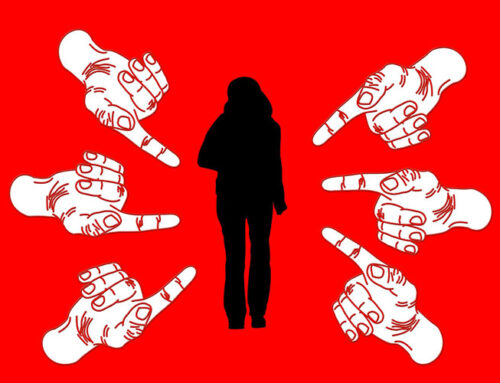Immigration involves many changes and losses. Like a baby learning to navigate its surroundings for the first time, migrants find themselves similarly re-learning how to live in their host country. How you behave and what decisions you make shift to meet the expectations of your new environment. This, in turn, challenges the narratives you hold of who you are.
I immigrated to the United States with my parents when I was seven years old. Growing up as an only child, I spent a lot of time with friends and family. While I was saddened by the thought of separating from my family and the home I knew, I was excited at the thought of new experiences I would have.
Initially, I was happy to see people in my new environment who looked like me. The excitement, however, diminished as I noticed that though we shared different shades of the same colored skin, there was a lot that we didn’t share. I was Indian, among Indians, but I didn’t feel like I was being Indian correctly. I learned the lesson early on that it was okay to be Indian, as long as you weren’t too Indian.
Conflicted and isolated, I started feeling shame for the ‘old me,’ and worked to reconstruct a version of myself that would resonate with my new environment.
Though I didn’t know at the time, my desire for meaningful social connections combined with the sudden lack of familial bonds compelled me to assimilate to American culture. John Berry developed a model1 describing four types of acculturation strategies one may employ when faced with migration – assimilation being one of them. Acculturation2 is the cultural and psychological change that occurs when two cultures meet. For immigrants, this includes the negotiation and reconstruction of their cultural identity upon contact with their host environment. Revisions of Berry’s model have proposed that the strategy one adopts to acculturate depends on their answer to two questions:
• Is it considered to be of value to maintain the immigrant cultural identity and characteristics?
and
• Is it considered to be of value to adopt the cultural identity of the host community?3
Growing up, I saw little value in maintaining my Indian cultural identity and extreme value in adopting the American cultural identity. I analyzed those around me to learn what was acceptable and what was ‘weird,’ and many times, the ‘weird’ was something associated with my past. I slowly began viewing my cultural heritage as something that was impeding my connection with those around me – something of high importance to me.
While my assimilation helped me feel a sense of belonging in a new environment, it resulted in me dichotomously viewing my reconstructed cultural identity as superior to my past cultural identity. The shame I held about the ‘old me’ shadowed my every action and decision. My constant preoccupation with distancing who I was now from who I was before tremendously impacted my self-esteem and mental health. No matter how much I changed, I felt a sense of being an imposter.
With time, I have come to realize that the ‘truth’ I long carried – that the ‘old me’ was worthy of shame and hate – holds no truth at all. It is nothing but a perception error that was born as a byproduct of my acculturation experience. There is nothing wrong with me, and there never was. Recognizing that my past self wasn’t something I needed to antagonize, I felt freer.
Judgements about what’s ‘normal’ or ‘weird’ is determined by one’s social context. Facing huge changes in my social environment as a young immigrant, I absorbed and internalized my society’s ‘truths’ about who I was and who I should be. I encourage all minority individuals to explore what ‘truths’ you may carry as a result of experiences with your social environment. What parts of you were deemed acceptable? What parts weren’t? What are things about you that you believe you must change to be happy? Where does this desire stem from? While undoing social conditioning is no easy feat, reflection on such questions can be a good start to breaking free from limiting beliefs and living authentically.
1Berry, J. W. (1997). Immigration, Acculturation, and Adaptation. International Association of Applied Psychology,46(1), 5-68.
2Sam, D., & Berry, J. (2010). Acculturation: When Individuals and Groups of Different Cultural Backgrounds Meet. Perspectives on Psychological Science, 5(4), 472-481. Retrieved August 24, 2020, from http://www.jstor.org/stable/41613454
3Bourhis, R. Y., Moise, L. C., Perreault, S., & Senecal, S. (1997). Towards an Interactive Acculturation Model: A Social Psychological Approach. International Journal of Psychology,32(6), 369-386. doi:10.1080/002075997400629
 by Chandra Shanmugavel
by Chandra Shanmugavel
Chandra is a SAMHIN volunteer and Master’s candidate in the Mental Health Counseling & Behavioral Medicine program at Boston University School of Medicine. She aspires to use her degree to work with immigrant youth and minority populations.
Feature image by blizniak from Pixabay






